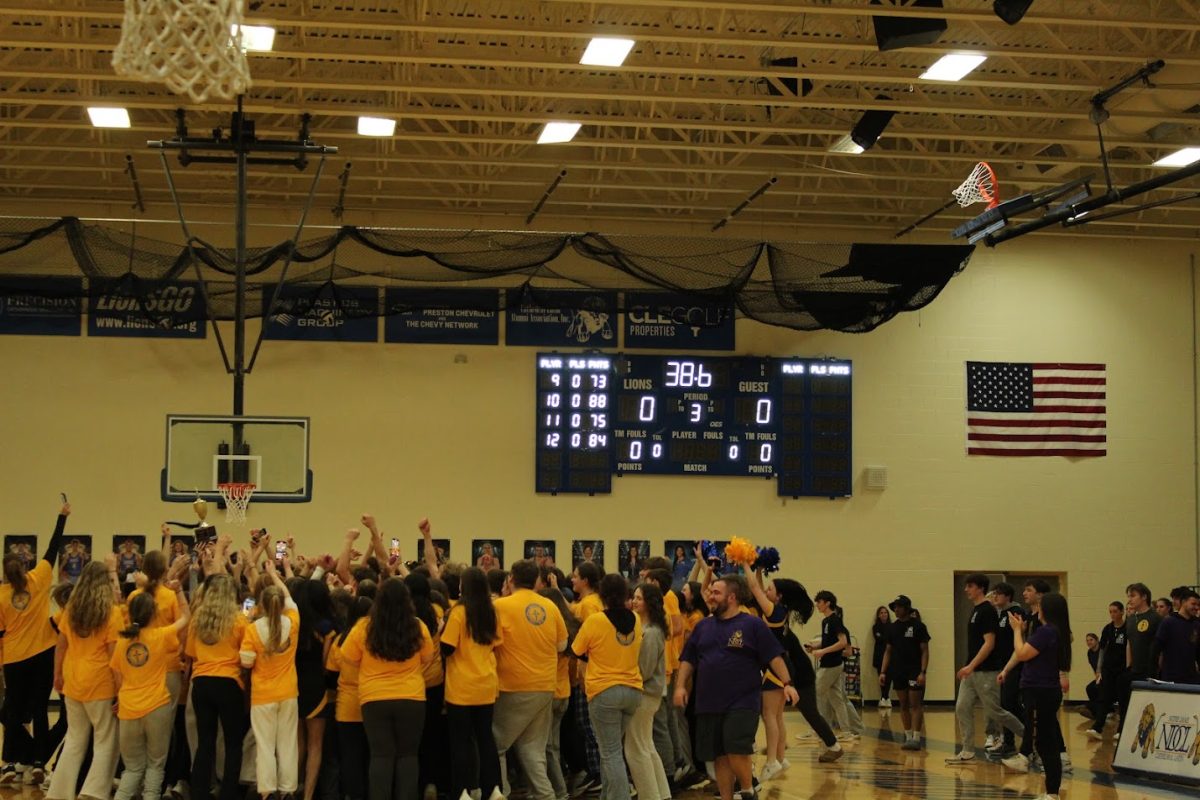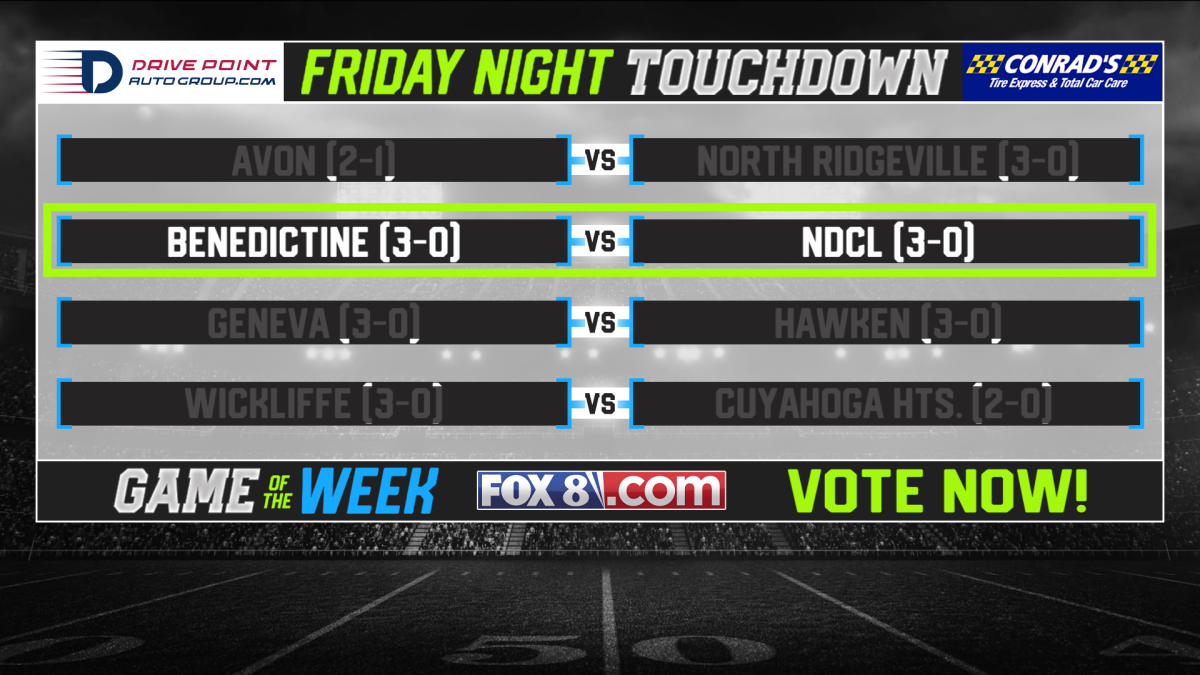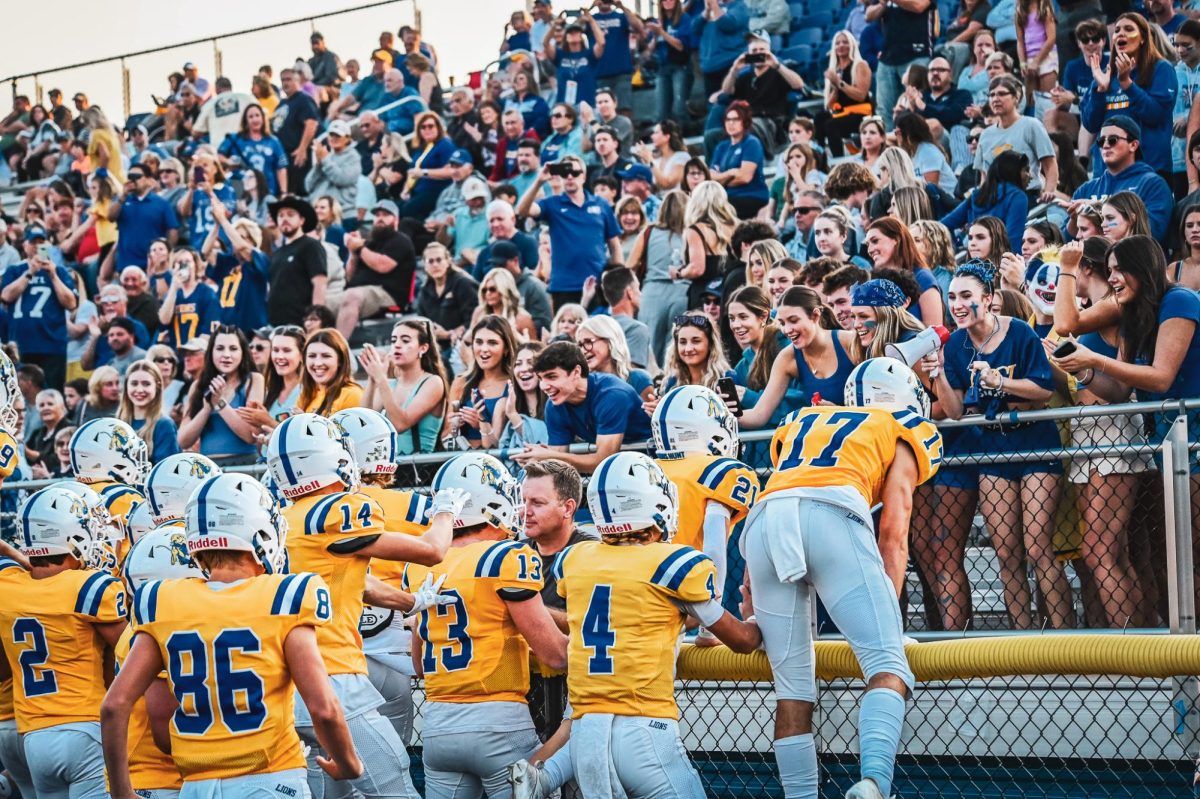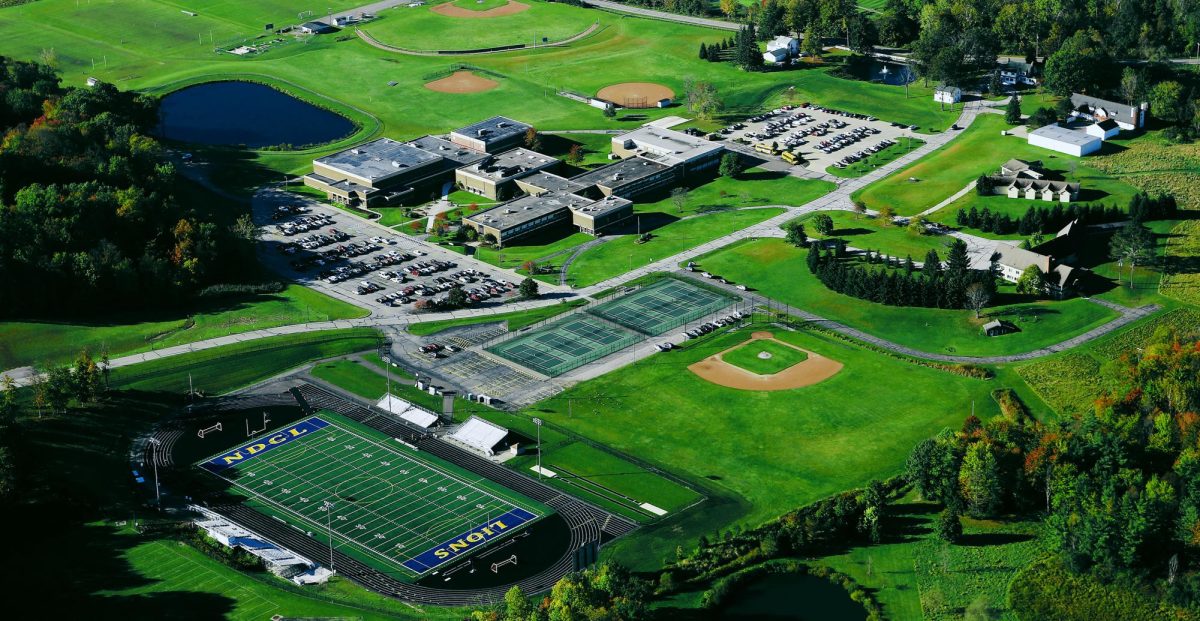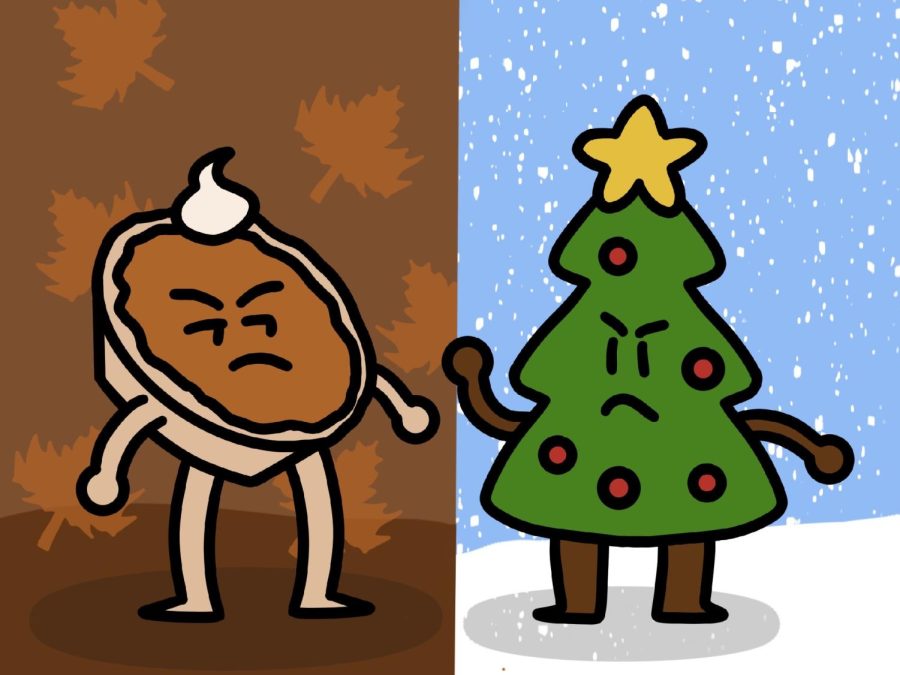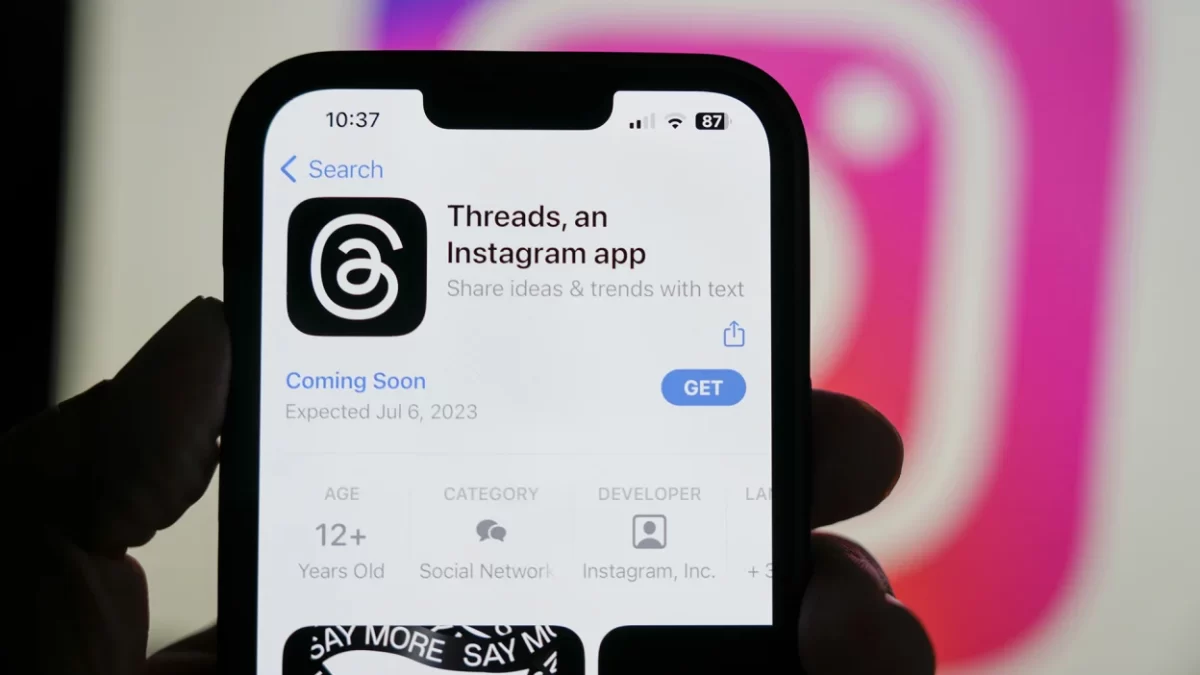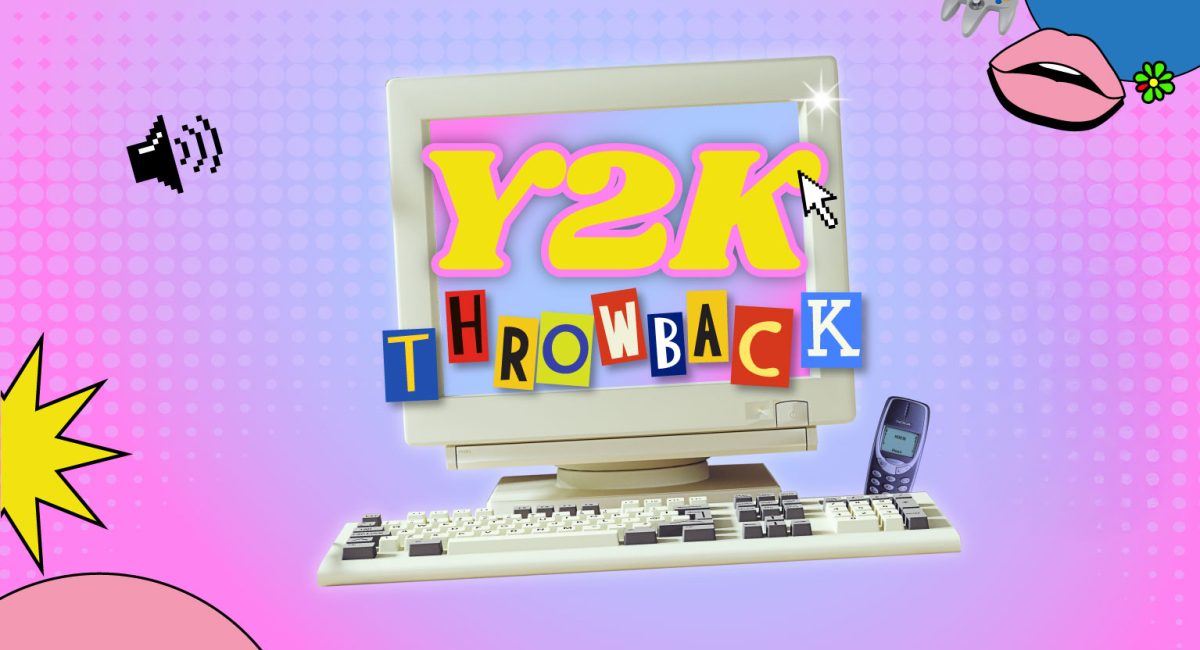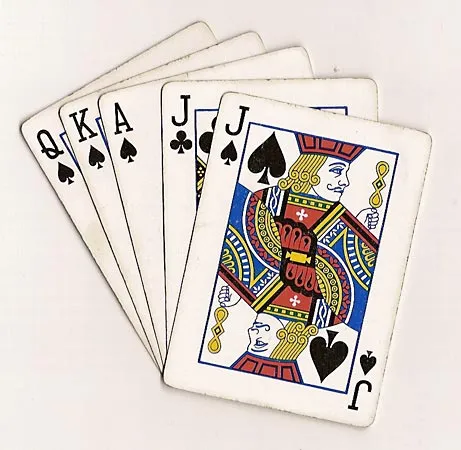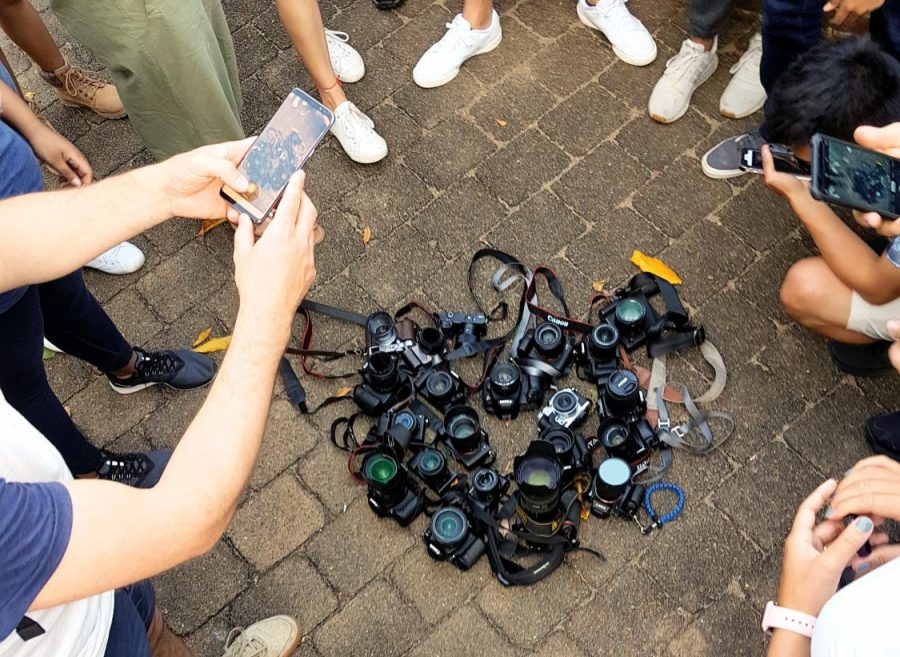The Decline of the Camera
Fall of the DSLR
May 1, 2023
The traditional DSLR camera has slowly made its way into the shadows as all new smartphone cameras continue to develop and be released to the public to purchase. Now, you may be thinking that the DSLR is irreplaceable, as it’s used to take dramatic photos by professional photographers; however, as technology keeps developing, new and improved features seem to be convincing the public to switch from the chunky and oversized camera to the small, portable and easy to navigate the device.
The smartphone seems to have it all. Sensors, multiple lenses, and adjustment settings—even removable lenses are rumored to be in the works. This leads many to believe that the smartphone is on its way to outperform the DSLR cameras. The smartphone has many qualities to mimic the production feel of a DSLR camera, and it even has better features to beat the older DSLRs. It’s even smaller, more compact, and almost all Americans have a smartphone that they carry with them everywhere, every day. However, the question is if it will ever outperform the newer DSLRs.
There are qualities of DSLR cameras that the smartphone will never surpass. For example, DSLRs have better sensors. Now, this isn’t to say that smartphones wont eventually evolve into a device with better sensors, but for now, the DSLRs are in the lead. Plus, DSLR technology continues to make advancements and develop as well, just as the smartphone industry. DSLRs gather more light and therefore produce better image quality. Thus comes from the bigger lenses, something smartphones can never outdo with the smaller properties. In addition to gathering more light, the lenses on newer DSLRs are faster than smartphones and produce sharper images. On top of that, DSLRs will always have more manual control than smartphones.
On a DSLR camera, almost every photo aspect, such as ISO, shutter speed, and aperture, can be manipulated, adjusted, and controlled to the photographer’s liking. Yes, smartphones have different modes, and you can adapt some aspects within the camera application. However, they’re not nearly as customizable as the features on the DSLR camera. DSLR cameras can also shoot in RAW, a file with uncompressed images that give photographers and editors much more flexibility when editing, which most phones cannot do. The most common photo file on smartphones is JPEG. Finally, DSLRs are strictly built to last longer, and they’re more durable and do not need to be replaced every two or three years by consumers.
Overall, the smartphone has become a very advanced tool that brings beautiful photography opportunities to amateurs and the average smartphone user. They’re great for Instagram pictures and selfies and can produce fantastic professional shots. However, the DSLR will always be one step ahead in creating excellent quality, sharp, professional, and dramatic fine art pieces. The smartphone is constantly evolving, but so is the traditional camera. The DSLR is reliable, more controlled, and better built than a smartphone. In terms of pro photography, the DSLR is the way to go. Let us know your go-to device for capturing the moment in the comments below.




